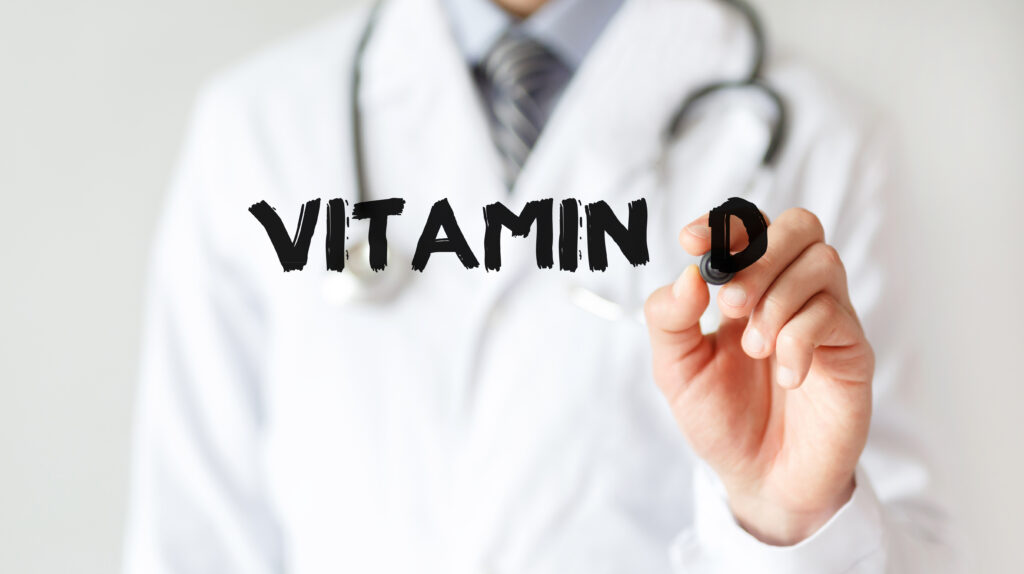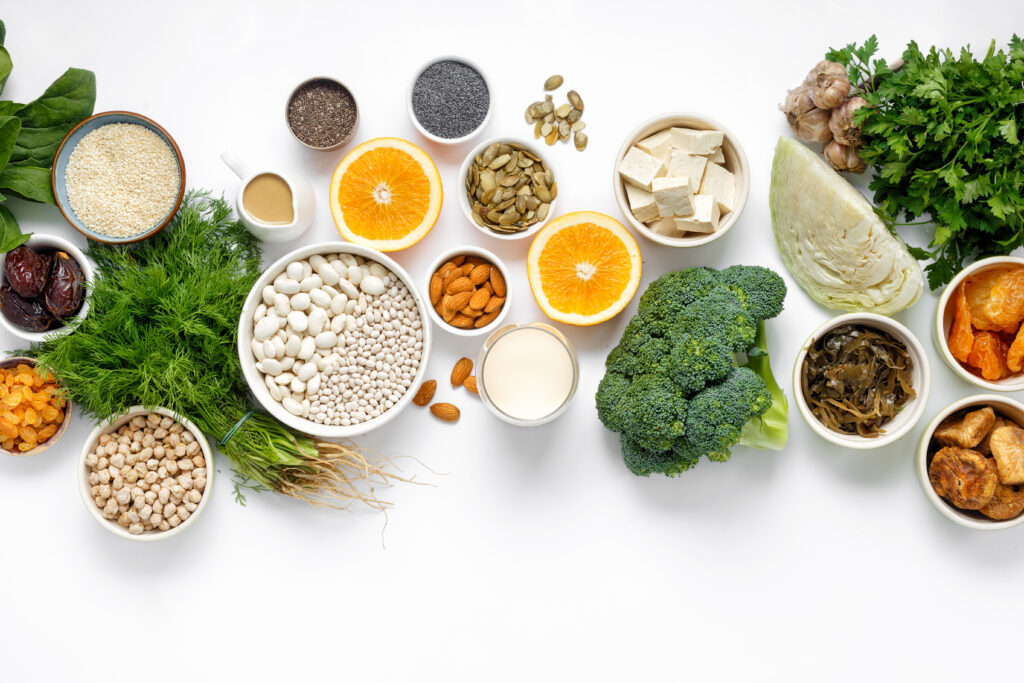To state the obvious, calcium is important for having healthy bones. The question is how much calcium is the right amount?
The daily recommended amount of calcium for a person over 50 years of age is 1200mg. If you are taking a different amount please discuss this with your doctor and monitor how your body is absorbing the calcium to ensure that it does not lead to adverse effects.

It is also important to briefly touch on Vitamin D3. Our bodies need Vitamin D3 to properly absorb and utilize the calcium that we take into our bodies. Check with your doctor to monitor your Vitamin D levels.
Back to calcium; it is important to get the right amount of calcium and make sure you are not getting too much calcium. Too much calcium can actually weaken our bones which is the opposite of what we want to happen. Excessive calcium can lead to kidney stones and heart disease. The extra calcium may make its way into plaque in arteries narrowing the arteries and limiting the blood supply to the heart. Scientific studies have primarily shown the complication of heart problems from excess calcium stemming from excessive use of supplements.
Another thing to consider with calcium is that the body digests it better when it is consumed in smaller quantities throughout the day. If you are taking a calcium supplement it is better to not take more than 500mg at a time.
You may personally feel more comfortable taking a supplement if you know that you have a deficiency, but please take the time to read the label on your supplement and make sure that you are getting the right amount and that it can be taken gradually throughout the day.
Where can you find calcium in foods?

Calcium is found in dairy products such as milk, yogurt, and cheese, but it is also found in fish with edible bones like sardines, in certain tofu, (Tofu varies widely and it is important to check the label to see how much calcium is included.) and leafy greens that are part of the cruciferous vegetable family.
The cruciferous family is special because the calcium in them is readily available for the body to digest. The cruciferous family includes broccoli, cauliflower, kale, cabbage, bok choy, arugula, collards, brussel sprouts, radishes, and watercress.
Other leafy greens such as spinach and chard have calcium, but they also have oxalic acid which makes it difficult for our bodies to readily absorb the calcium. These vegetables have other nutritional value, so please keep eating them.
Here is a recipe for a calcium rich soup with kale.
White Bean, Sausage, and Kale Soup
Ingredients
1 medium onion, diced
1 celery stalk, sliced
1 bell pepper, diced (I prefer red, orange, or yellow because of their flavor)
1 can diced tomatoes
1 can white beans, Navy or Great Northern
1 cup pasta, try something like a quinoa or whole grain pasta
1 pound chicken sausage (I prefer to use a no-nitrate one that is already cooked… it just makes life easier) (If you are a vegetarian the sausage can be omitted)
4-6 cups chicken stock (I use an organic chicken stock or I make my own and take it out of the freezer. If you are a vegetarian/vegan please feel free to use vegetable stock or water. I have used both and this soup still comes out.)
2 cups of baby kale
Salt and pepper to taste
Parmesan cheese (This is an optional topping when serving)
Directions
Saute the onion, carrot, celery, and bell pepper in a couple of tablespoons of olive oil until they are softened and the onion is translucent. Add the canned tomatoes, canned beans, and broth and bring to a boil. Add the pasta and cook until done. Taste and season with salt and pepper. Add the kale and sausage and cook for an additional couple of minutes. Serve in bowls and top with parmesan cheese if desired.



